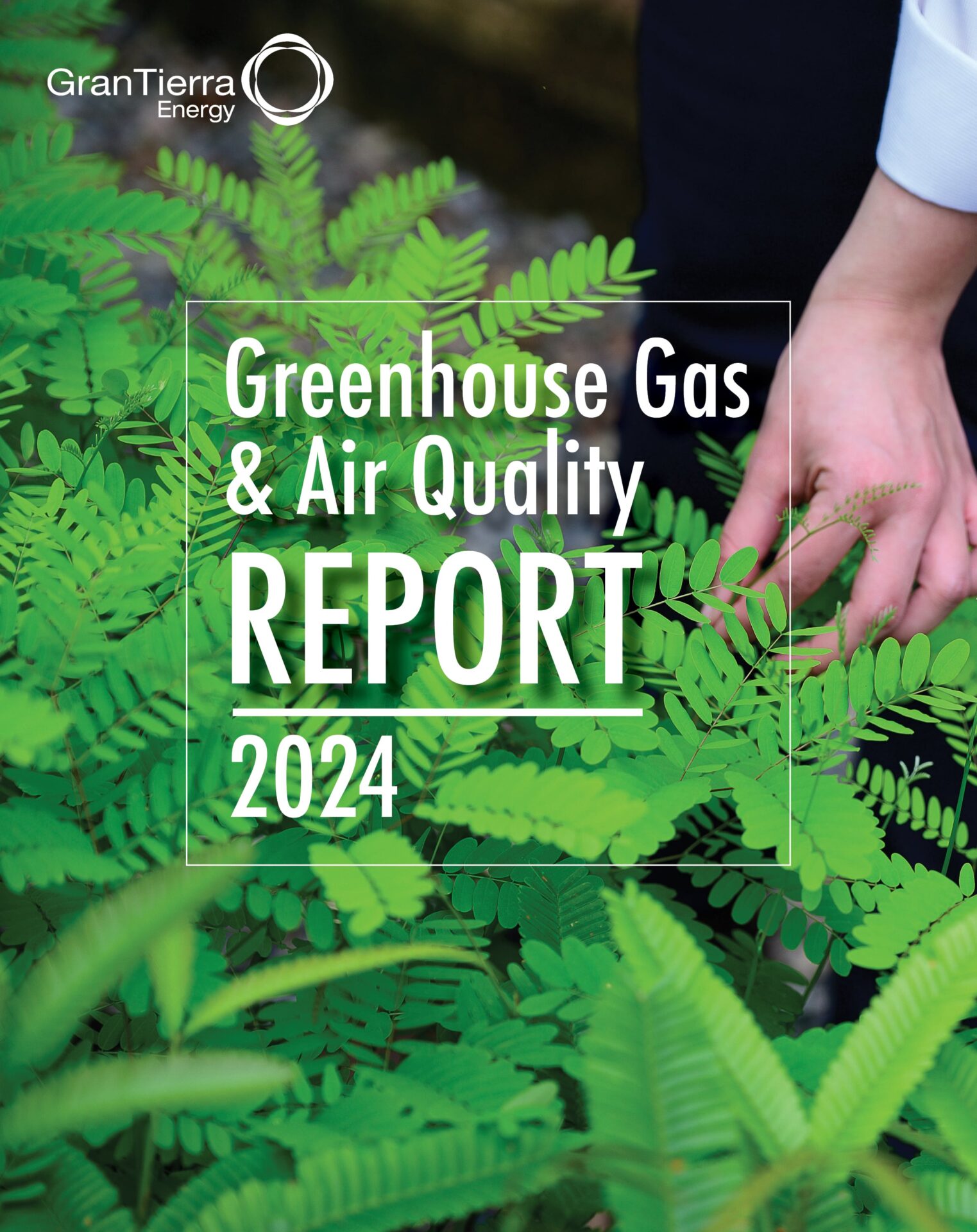Gran Tierra Energy is focused on emissions reductions in three key pillars: first through consistent, transparent and expanded reporting, secondly through our nature-based solutions and lastly, through Gas-to-Power projects. GTE also implements a Corporate Environmental Management Plan that addresses all aspects of environmental protection, including emissions, that guides our environmental policy.
GTE’s emissions reductions strategy is also integrated into our Beyond Compliance policy. As a company we strive to be an industry leader and leave the environment in a better condition than when we found it.
The following stories expand on the three key pillars that GTE is undertaking to minimize its environmental footprint.
~0%
decrease
~25% decrease in scope 1 and 2 emissions intensity in South America since 2019
40,000
tonnes of CO2e
40,000 tonnes of CO2e is sequestered each year in the regions near GTE’s Colombian operations due to our environmental efforts
+5,0
hectares of land
+5,300 hectares of land have been conserved, preserved or restored
~0%
total energy used
72% of the total energy used in GTE’s operations was generated by Gas-to-Power in South America
~0%
decrease
~77% decrease in flare emissions in Colombia & Ecuador since 2019
~0 tCO2e
reduction
~17,000 tonnes of Co2e have been reduced by replacing generators and compressors with solar-powered and electric alternatives
SWIPE FOR MORE

Preventing Fugitive Emissions Across our Operations
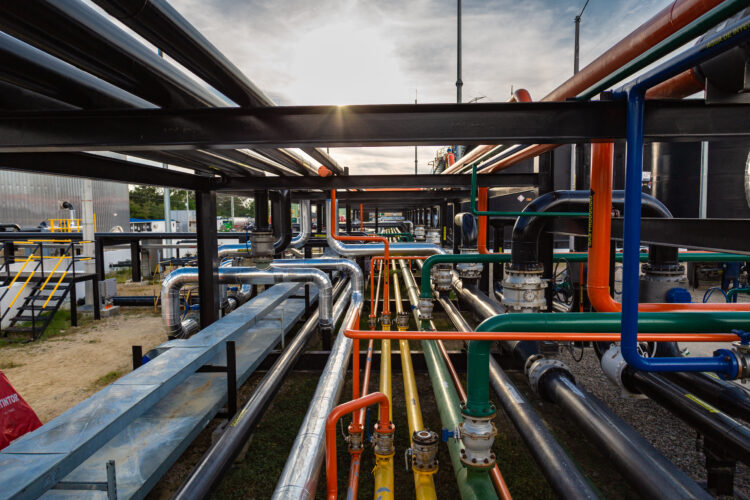
Emissions Reduction: Reporting

Emissions Reduction: Nature-Based Solutions
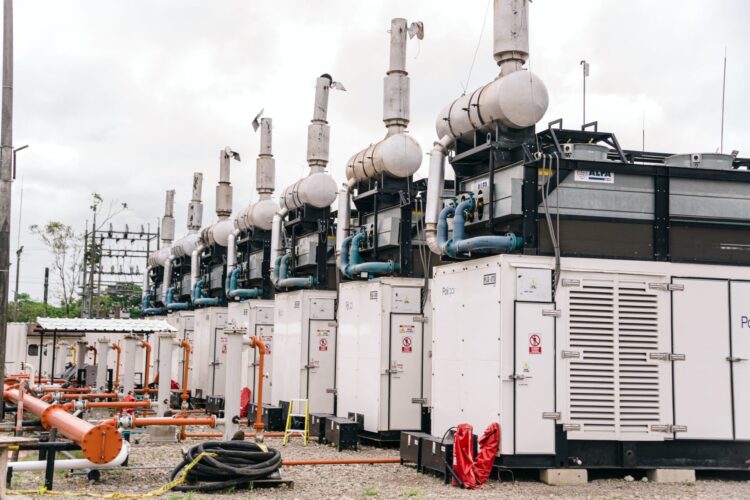
Emissions Reduction: Gas-to-Power
SWIPE FOR MORE
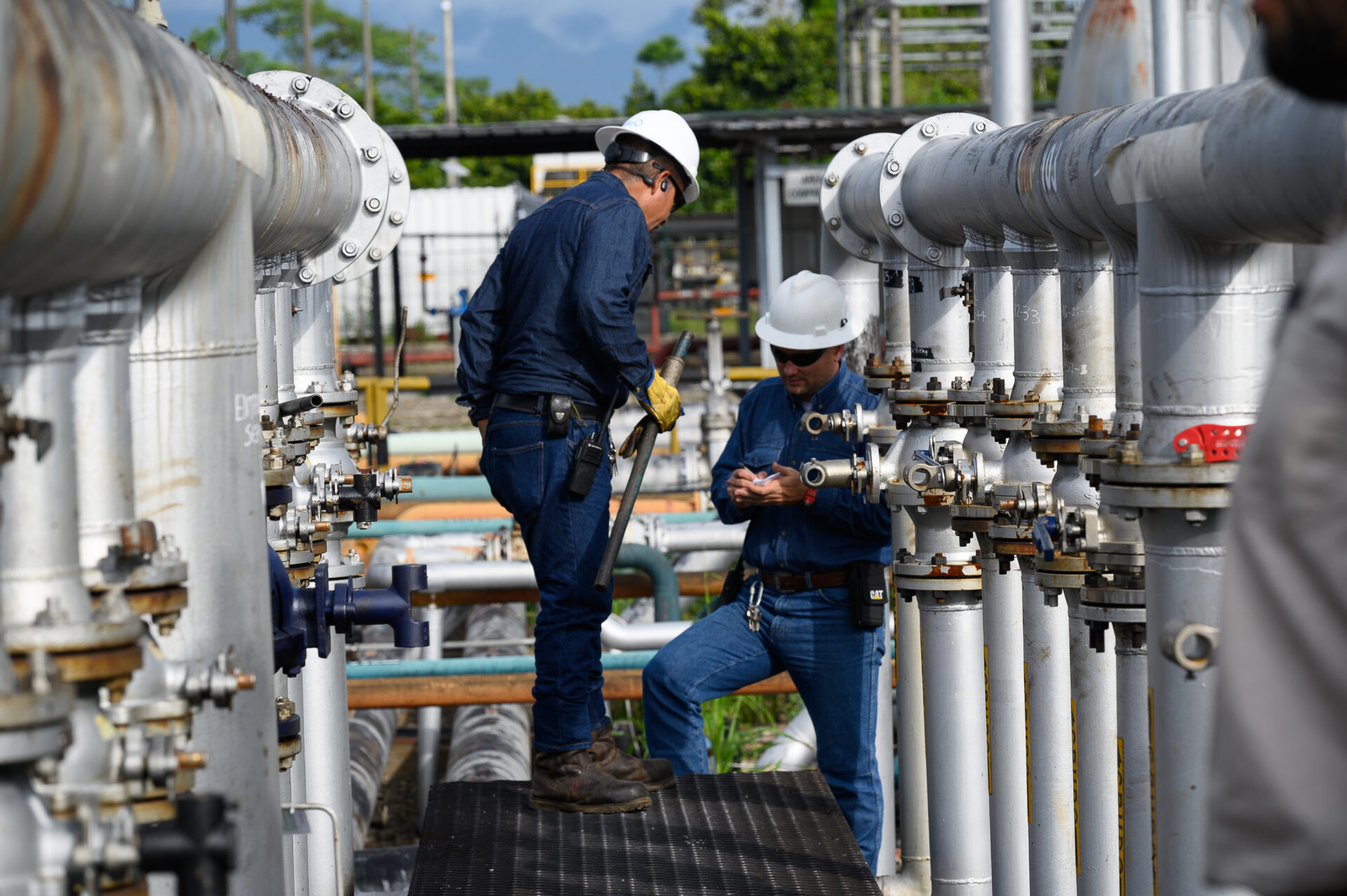
Preventing Fugitive Emissions Across our Operations
Gran Tierra Energy continues to advance its emissions reduction strategy across all areas of its operations in Canada, Colombia and Ecuador. As part of its commitment to operational integrity and environmental responsibility, GTE conducted a fugitive emissions survey in Colombia in 2024, identifying and repairing several small leaks. In Ecuador, the Company is developing a greenfield project with infrastructure designed early on to meet the highest environmental and operational standards. Advanced detection technologies in Canada are implemented to monitor and reduce fugitive emissions from its assets.
These regionally tailored initiatives for each country are part of GTE’s broader effort to integrate low-emission technologies wherever possible, as well as proactive maintenance practices across its asset base. The Company is replacing high-bleed pneumatic devices with solar-powered alternatives, optimizing infrastructure to reduce venting, and expanding the use of aerial and ground-based methane detection systems. Together these actions support GTE’s commitment to continuous environmental performance improvement and long-term sustainability of its operations.
Methane Reduction
Gran Tierra Energy is committed to reducing methane emissions across its operations by leveraging advanced technologies, improved monitoring systems, and infrastructure upgrades. The Company has implemented a variety of initiatives, including Leak Detection and Repair (LDAR) programs, third-party verified monitoring, and equipment electrification to reduce fugitive emissions. These initiatives are tailored to the regulatory context and operational realities of each country in which GTE operates.
The following sections highlight GTE’s methane reduction actions in Colombia, Canada, and Ecuador:
Colombia
GTE implements a government-approved LDAR program, using third-party Optical Gas Imaging (OGI) camera inspections to identify and repair leaks. In 2024, a full fugitive emissions survey further supported these efforts. Generation equipment is strictly monitored for gas quality compatibility, reducing emissions through efficient fuel use. Since 2019, methane emissions in Colombia have dropped by 37%, from 5,971 to 3,762 tons.
Canada
In Western Canada, GTE uses aircraft-mounted Light Detection and Ranging (LiDAR) systems and has replaced 519 high-bleed gas pumps with solar-powered units across 255 sites. These upgrades, along with site electrification and equipment replacement, have cut fugitive emissions by over 50% since 2023 and reduced total emissions by approximately 17,000 tCO₂e annually.
Ecuador
In Ecuador, GTE is developing a greenfield project with infrastructure designed to meet the highest environmental standards from the outset. The Company complies fully with government requirements on emissions, including methane, ensuring the project is equipped for low-emission operations once active.
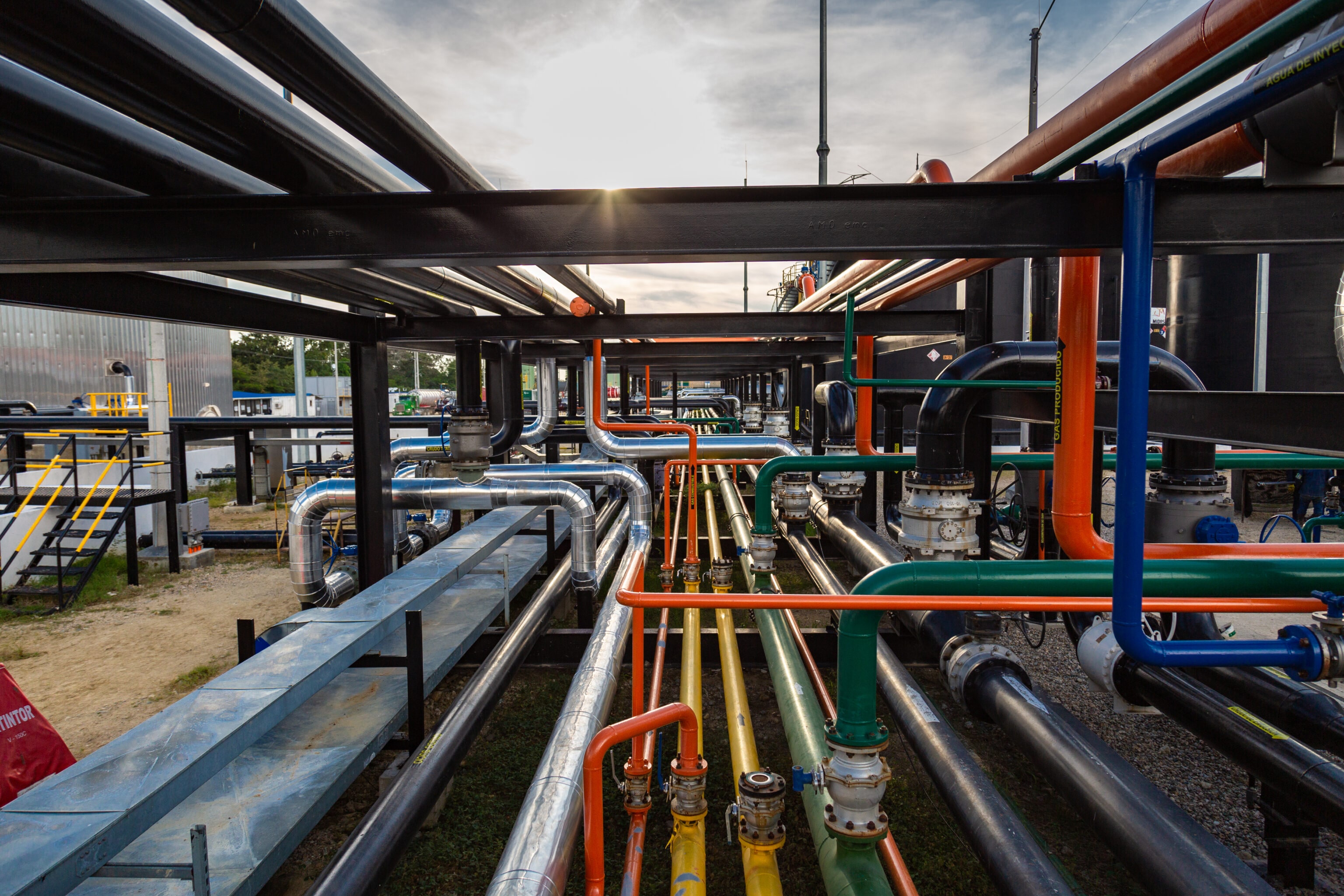
Emissions Reduction: Reporting
Gran Tierra Energy’s environmental policy calls for the Company to track its greenhouse gas (GHG) emissions and take steps to reduce them wherever economically feasible.
Gran Tierra continues to voluntarily retain a respected expert in the field of air quality to create an assessment of its greenhouse gas emissions in Canada, Colombia and Ecuador. This assessment involves collecting, analyzing and quantifying annual air emissions data from GTE’s operations. It was conducted according to the guidelines and standards adopted by the following organizations: International Petroleum Industry Environmental Conservation Association (IPIECA), International Association of Oil and Gas Producers (IOGP), American Petroleum Industry (API), U.S. Environmental Protection Agency (EPA), Canadian Association of Petroleum Producers (CAPP) and Intergovernmental Panel on Climate Change (IPCC). Since 2016, the Company has also reported to the Carbon Disclosure Project.
An updated assessment using 2024 air emissions data will be released in 2025. View the 2023 Greenhouse Gas & Air Quality Report here.
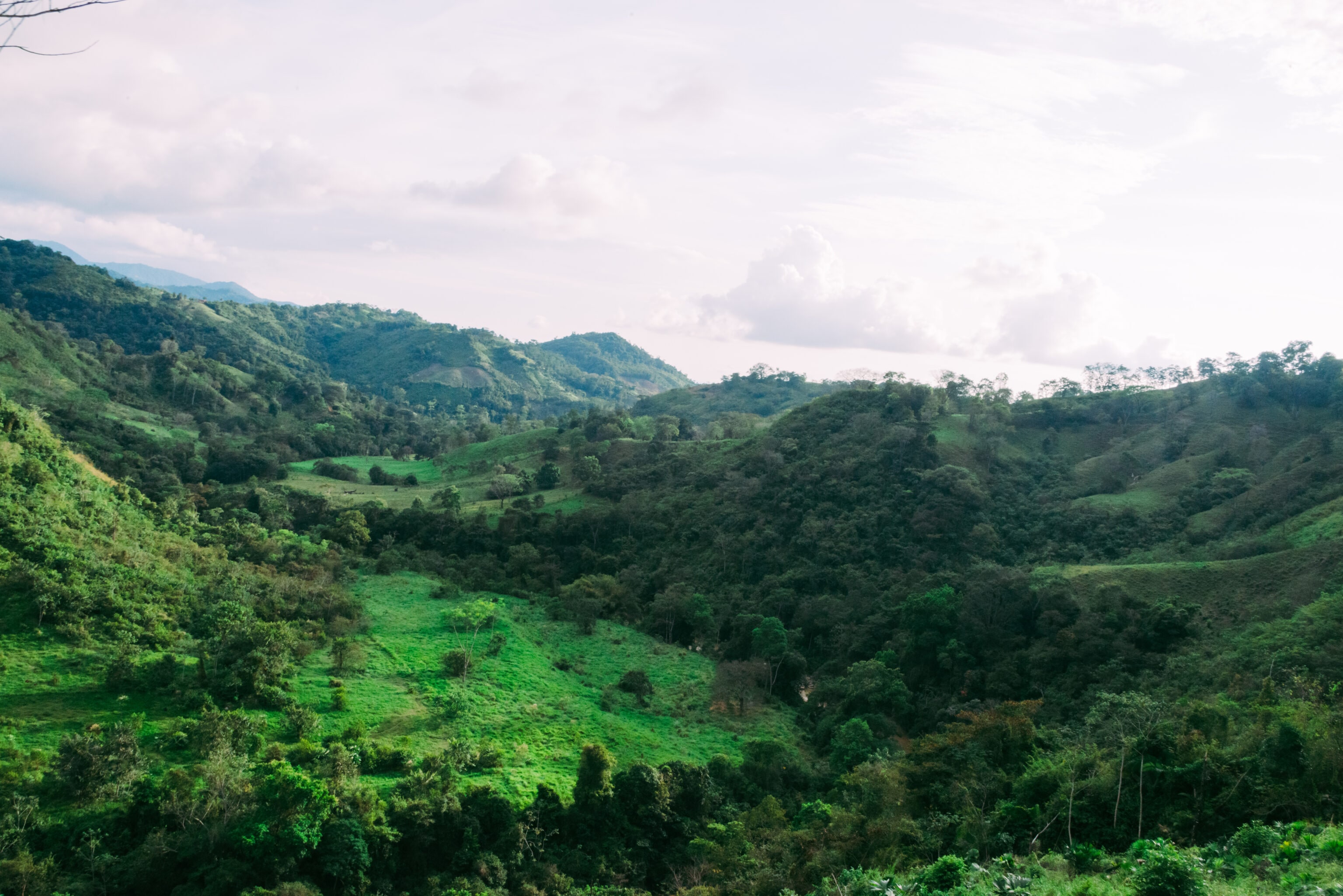
Emissions Reduction: Nature-Based Solutions
Nature-based solutions are an important pillar of Gran Tierra’s emissions reductions efforts, and the company supports environmental projects that aid in natural carbon sequestration. Natural carbon sequestration is the process of capturing and storing atmospheric CO2, as forests, wetlands and vegetation sequester carbon by capturing carbon dioxide from the atmosphere and converting it into organic matter.
Across all of its environmental programs, GTE has planted over 1.9 million trees and has conserved, preserved, or reforested over 5,300 hectares of land since 2018. Careful management ensures that the once-delicate saplings grow into sturdy, mature trees that contribute to national emissions reduction strategy goals. These efforts are undertaken through major initiatives including the NaturAmazonas project and the Costayaco and Acordionero Forestry Centres, which serve as hubs for sustainable reforestation and community
Reforestation Project with Conservation International
NaturAmazonas, Gran Tierra Energy’s flagship conservation program with Conservation International, has grown into a powerful alliance of public and private institutions tackling the root causes of deforestation.
NaturAmazonas has been at the forefront of Colombian conservation and reforestation efforts for seven years. With an $17 million investment, GTE has created a model for protecting the Colombian Amazon’s land, water, air, and biodiversity. In partnership with Conservation International, the Colombian Ministry of Environment and Sustainable Development, and Corpoamazonia, the program has restored ecosystems, fortified biodiversity and advanced sustainable agriculture. Equally important, NaturAmazonas strengthens the connection between people and nature, supporting lasting impact in one of the world’s most biodiverse regions.
This program has achieved significant impact in its reforestation efforts, promoting sustainable land use, biodiversity, and community development. Through efforts like restoring over 2,000 hecatres of land, maintaining 6,000 beehives and cultivating 880 hectares of cacao under agroforestry systems, it has help improve local ecosystems and agricultural productivity. Thousands of local people have gained access to training and resources. Overall, this program reflects a balanced approach to environmental conservation and strengthening rural communities.
To read more about the NaturAmazonas project, click here
Costayaco Forestry Centre: A Unique Resource for Reforestation
The Costayaco Forestry Centre (CFC), established by Gran Tierra Energy in coordination with the regional environmental regulator, Corpoamazonia, is one of the most innovative reforestation efforts in South America. The CFC contains 334.5 hectares of new and maturing forested areas and is close to achieving its long-term goal of connecting a critical ecological corridor linking the Andean foothills with the Amazon Rainforest. These two ecosystems are some of the most biodiverse in the world.
Acordionero Forestry Centre
Following the success of the Costayaco Forestry Centre, the Acordionero Forestry Centre (AFC) in San Martín, Cesar, was launched in 2024 as a 185-hectare environmental innovation hub located in El Cairo village, a strategically important conservation zone in Cesar. It is Gran Tierra’s hope that AFC will play a key role in restoring forest corridors and preserving water bodies thar provide water to the surrounding communities. Nearly 11,000 native trees have already been planted at the Centre, reinforcing the Centre’s contribution to ecosystem recovery in the region. The AFC has also been designed to test and implement sustainability efforts aimed at long-term environmental resilience and regional economic development.
Through the AFC, Gran Tierra Energy continues to support community-driven initiatives to strengthen Colombia’s ecosystems and support local families.
To learn more about the Costayaco and Acordionero Forestry Centres, click here.
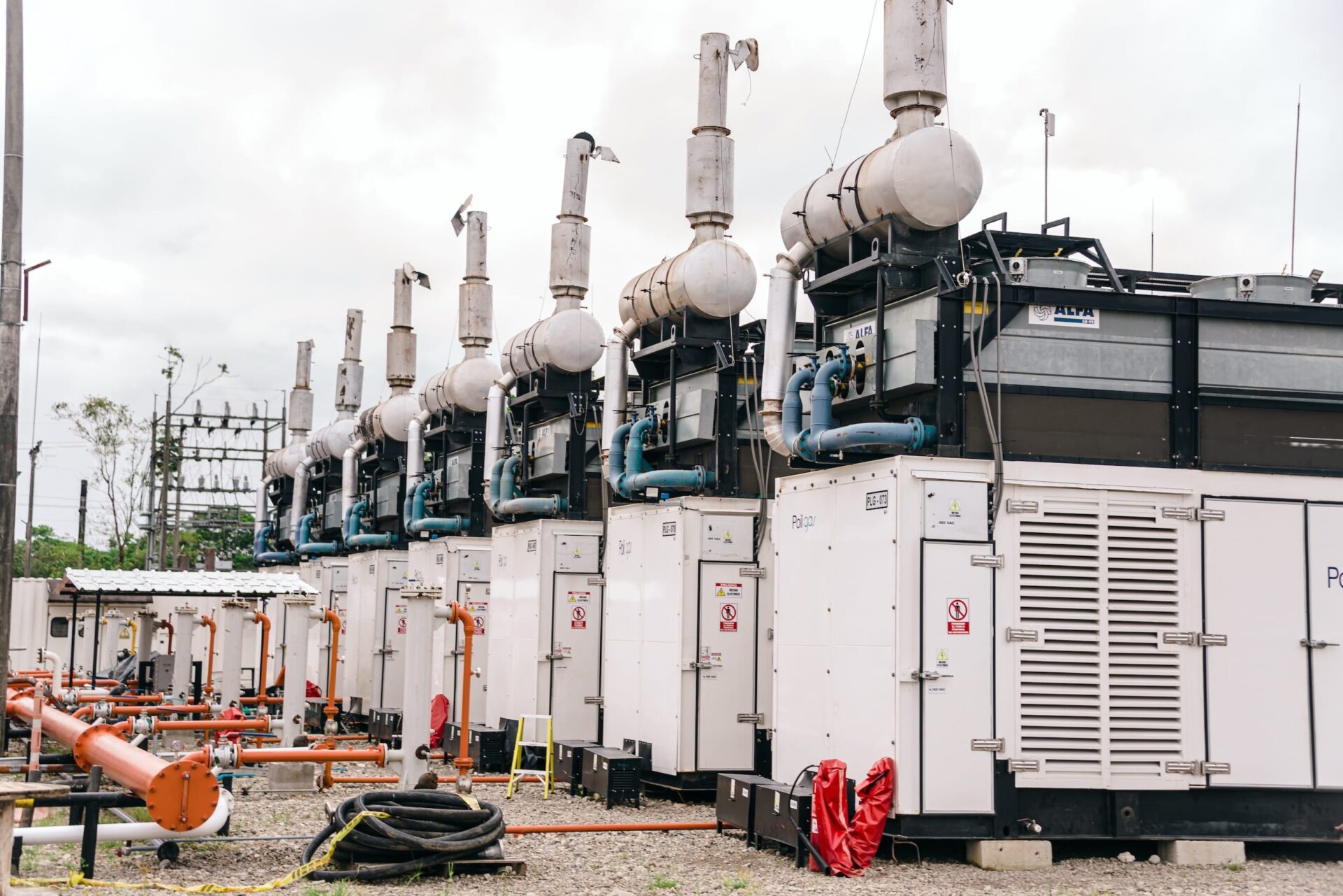
Emissions Reduction: Gas-to-Power
Gran Tierra’s ongoing effort to reduce direct emissions by converting associated gas produced from its wells into an energy source for its operations, continues to generate results. Additionally, converting gas to electricity significantly reduces the demand on municipal utilities, increases fiscal resilience by lowering unit production costs, and provides a more stable energy supply, while reducing flaring and greenhouse gas emissions.
The Company’s Gas-to-Power (G2P) program has significantly reduced emissions intensity over the last few years by using produced natural gas to produce electricity, reduce flaring, and significantly reduce the need to purchase, transport, and burn diesel fuel. When excess power is produced, GTE can provide additional electricity to the local grid helping residents and stabilizing energy sources. 80% of the produced gas from our South American operations in 2024 was used for energy.
With all major fields fully converted, GTE has turned its attention towards generating gas power at its smaller locations and in Ecuador. GTE began its G2P implementation in Ecuador in 2024, further contributing to the reduction of GHG emissions, flare volumes, and costs related to diesel consumption. This initiative supports GTE’s ongoing efforts to produce oil with the minimum possible associated GHG emissions and eliminating routine flaring at the Company’s facilities.
| FIELD | GAS-TO-POWER (kWh) | GAS USED (scf) | SAVINGS (USD)1 |
|---|---|---|---|
| COSTAYACO2 | 98,223,159 | 1,032,186 | $11,737,667 |
| VONU5 | 9,609,724 | 72,923,000 | $1,148,362 |
| MOQUETA3 | 143,267 | 13,413,000 | $18,087 |
| ACORDIONERO4 | 111,032,853 | 1,264,615,000 | $12,602,229 |
| MONO ARAÑA6 | 296,134 | 7,926,000 | $56,488 |
| LOS ANGELES7 | 532,168 | 13,382,000 | $7,450 |
| COHEMBI8 | 18,575,500 | 110,574,000 | $4,091,254 |
-
View Footnotes
-
[1] TRM=$USD 4,000
[2] Savings calculated from gas generation Vs Average National Power Grid 850-372=478 COP/kWh (0,1195 USD/kWh)
[3] Savings calculated from gas generation cost 505 COP/kWh (0.145 USD/kWh). In 2022, MQT G2P is exclusively used as generation support when occurs a failure in the national grid. For that reason there is not a cost associated to G2P.
[4] Savings calculated from gas generation Vs CNG generation 759-305-=454COP/kWh (0,113 USD/kWh)
[5] Savings calculated from gas generation Vs Diesel generation 1396-633=763 COP/kWh (0,19USD/kWh)
[6]Savings calculated from gas generation Vs Average National Power Grid 850-372=478 COP/kWh (0,119 USD/kWh)
[7] Savings calculated from gas generation Vs Average National Power Grid 689-633= COP/kWh (0,014USD/kWh)
[8] Savings calculated from gas generation Vs Diesel generation 1455-574= 881COP/kWh (0,22USD/kWh)

